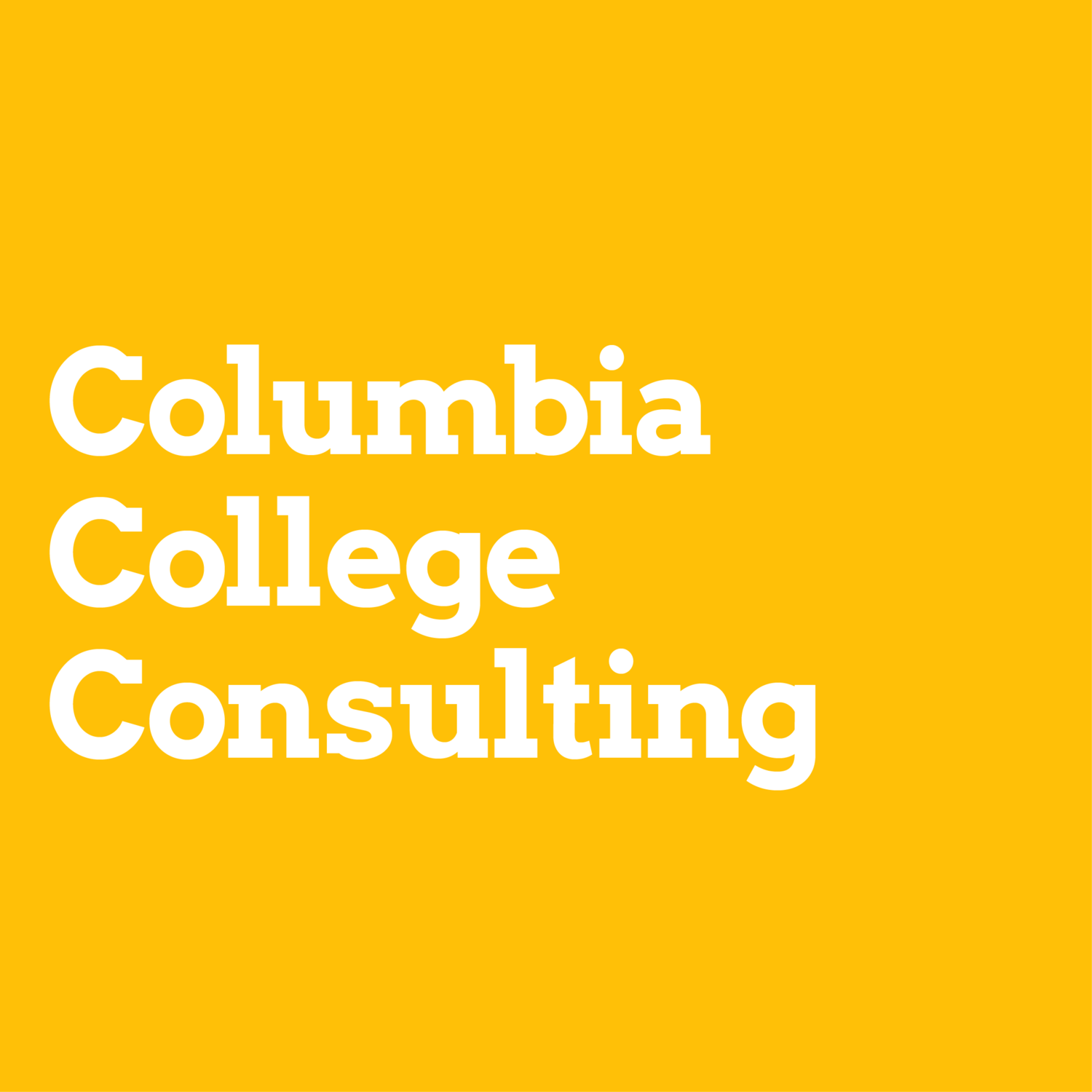College admissions professionals often use jargon (SAT word) that can seem strange to people who have never applied to school before. Among the most common of this terminology are the categories of reach/target/safety schools. How do you know what each one is?
Reach Schools
Reach schools are those schools that you’re unlikely to get into. There can be two reasons for this.
The first is that no one is likely to get into the school. I would put, for example, Stanford University, which has an acceptance rate of about 5% each year, as a reach school for anyone and everyone whose family does not have a building named after them there. That does not mean that Stanford is impossible - after all, 5% of applicants get in each year. But, that does mean that none of us, and I really do mean none of us, should ever be confident about acceptance there. Even if you are a recruited athlete, a coach cannot guarantee you admission. There are a number of schools in this group, and you know all their names: Harvard, Yale, Princeton, Berkley, etc.
The second group of reach schools are specific to each applicant. The average SAT score at the University of Wisconsin, for example, is 1370. If you are at at a 1050, you’re well below the average and your admissions chances are unlikely. Having said that, do people get into UW with 1050’s? Sure! But, more people with that score will get rejected than accepted, so you really can’t count on admission.
Target Schools
Target schools are those schools that you have a pretty good shot at. So, using the previous example, if the average at UW is 1370, and you have a 1400, you’re a solid candidate. Of course, if you’re a 1400 with a D average, you might not be - test scores are not everything - but if your grades and your test scores are fairly similar, Wisconsin is probably a target school for you. However, just as someone could get into Wisconsin with a 1050, so too could someone be rejected with a 1400. Why? Lots of factors, including geography, race, and sometimes pure bad luck. A target school puts you in the 40-60% range of acceptance, so like a reach school you can’t count on being admitted, but unlike a reach school, you shouldn’t be surprised if you do.
Safety Schools
Safety schools are those schools for which you have over an 80% chance of acceptance. Like target schools, these are specific to your own abilities. So, what might be a safety school for a straight A student is different from a safety school for a C student. You can be reasonably certain that you will be accepted to a safety school, although by now you should know that nothing in life is guaranteed. I have had students accepted by a reach school and rejected by a safety (if you work long enough in college admissions, you see some strange things).
Why are these categories important?
The short answer is that you want to make sure you get accepted somewhere. A few years ago, a student with whom I had not previously worked called me in the middle of April to say that she had not gotten into any colleges and asking for my help. She had excellent grades and solid test scores, and I was surprised, until I heard her list. Not a single college to which she applied was outside of the top 15 colleges in the United States. In other words, she only applied to reach schools. No one had told her to apply to a target or safety school. In the end, I helped her get into a safety school from which she could transfer relatively easily, and she is now an Ivy League student. But, her own college list had put her in a very desperate situation.
So, how many of each type of school should you have?
The answer varies, especially depending on how much you’re willing to spend for application fees, but I would suggest that you have at least two safety schools, maybe five targets, and two or three reaches, since it doesn’t hurt to dream.
Of course, this list assumes that you are applying for regular decision. If you are looking to apply early, well, you’ll have to wait for next week’s blog! Until then, I’m available (although less and less these days) for a free half-hour consultation if you have any questions you need answered.
Mr. K
Y O U M I G H T A L S O L I K E :




College visits can be fun if you do them right. Take advantage of the summertime and plan a few stops with these tips to help you get started.